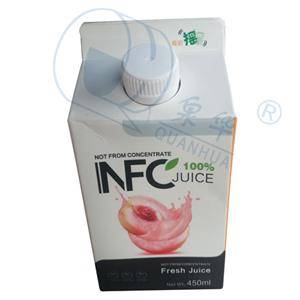Label flexo printing market ushered in new opportunities ?
Label flexo printing market ushered in new opportunities ? By 2028, it will continue to rise at a compound annual growth rate of 3.3 %.In recent years, with the continuous development of the label printing industry, flexographic printing has become one of the mainstream printing methods due to its simple operation, fast speed and high color stability, and has shown a trend that the market scale is gradually ahead of other printing methods. Smithers research data shows that from the perspective of printing methods, according to the sales area, the total global production of flexographic printing labels in 2023 is nearly 31 billion square meters, accounting for 39.6 %. Flexographic printing has become the most widely used printing process in the label industry. Flat offset printing accounted for 28.1 %, ranking second ; gravure accounted for 14.7 %, followed by. The market share of label digital printing is still 6.4 %, and the market share of hybrid printing ( usually post-customization of flexographic printing labels through online inkjet modules ) is 4.1 %.
It can be seen that flexographic printing has won the wide favor of the market with its advantages of high speed, convenience and stable color.
However, under the impact of the wave of digitization and personalization, flexographic printing is also facing new challenges and opportunities. According to Smithers analysis data, it is expected that in the next five years, the growth rate of narrow-format digital printing ( including hybrid printing configuration ) will far exceed that of flexible printing, becoming the fastest growing printing method. By 2028, digital printing will achieve a significant growth rate of 12.3 %. Thanks to the continuous improvement of inkjet printing speed and speed quality, coupled with the increasingly prominent market demand for product diversification and order delivery cycle flexibility, with the continuous rise of personalized and customized orders, digital printing will have more advantages in cost competitiveness in small and medium-sized orders.
Although the flexibility of flexo printing in short-form printing cannot be comparable to digital printing, with the progress of automation, flexo printing can still maintain price competitiveness in medium and long-form printing. For example, automatic registering and a more stable color setting system can reduce prepress preparation time, and a faster version change module can process more orders without losing too much uptime. In addition, a series of software upgrades also help to improve the printing quality and equipment running speed of flexographic presses.
It can be seen that how to realize the industrialized personalized printing in the digital age, and how to innovate and break through the combination of flexo printing and other printing processes in the label field will become the ' must-answer ' for the future development of flexo printing.
Get the latest price? We'll respond as soon as possible(within 12 hours)




